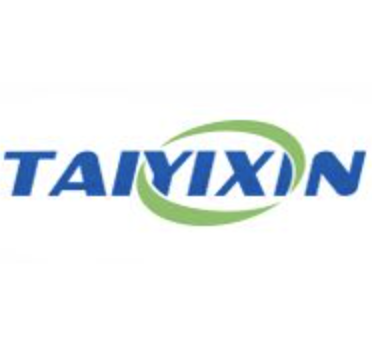Tylosin
Properties: This product is white to light yellow powder. This product is easily soluble in methanol, soluble in ethanol, acetone or chloroform, slightly soluble in water, and almost insoluble in hexane.
Identification: Take about 3mg of this product into a test tube, add 2ml of acetone to dissolve, then add 1ml of hydrochloric acid, and observe that the color of the solution should change from light red to dark purple. In the chromatogram recorded under the tylosin component, the retention time of the tylosin A peak of the test solution should be consistent with the retention time of the tylosin A peak of the standard solution.
Loss on drying≤4.0%
Alkalinity pH: 8.5~10.5
Residue on ignition: ≤2.5%
Heavy metals: ≤20ppm
Tyramine: Measured at a wavelength of 570nm, the absorbance of the test solution should not be greater than that of the reference solution.
Tylosin components: Tylosin A ≥ 80% Tylosin A, B, C, D sum ≥ 95%
Content: ≥900 Tylosin units (dry product)
Tylosin is a kind of veterinary macrolide antibiotics commonly used in China, also known as tyronon and tylosin. It can be obtained by fermentation of actinomycetes Streptomyces Freund. There are three forms of tylosin alkali, phosphate and tartrate. The antibacterial spectrum is similar to erythromycin. It has inhibitory effects on Gram-positive bacteria and some Gram-negative bacteria, mycoplasma, Vibrio, coccidia and spirochetes. It is particularly effective on mycoplasma, but its effect on Gram-positive bacteria is not as good as erythromycin. This product is characterized by its strong effect on mycoplasma. It is one of the drugs with the strongest anti Mycoplasma effect among macrolides. As a feed additive, it is widely used in the feed of chickens, pigs, cattle, sheep, fish, shrimp and other animals, which can promote the growth of livestock and poultry and improve the feed utilization rate. It is mainly used to control Mycoplasma disease in chickens, turkeys and other animals; Vibrio dysentery and infectious pleuropneumonia in pigs are also used for enteritis, pneumonia, mastitis and endometritis caused by sensitive bacteria. The effect of subcutaneous injection is better than that of oral administration in the treatment of chicken chronic respiratory diseases. The tissue drug concentration after subcutaneous injection is 2 ~ 3 times higher than that of oral administration, and the maintenance time of effective blood drug concentration is also longer. In addition, tylosin phosphate is also used as a growth promoting drug feed additive for cattle, pigs and chickens. There is cross resistance between this product and erythromycin.
IUPAC
2-[(4R,5S,6S,7R,9R,11E,13E,15R,16R)-6-[(2R,3R,4R,5S,6R)-5-[(2S,4R,5S,6S)-4,5-dihydroxy-4,6-dimethyloxan-2-yl]oxy-4-(dimethylamino)-3-hydroxy-6-methyloxan-2-yl]oxy-16-ethyl-4-hydroxy-15-[[(2R,3R,4R,5R,6R)-5-hydroxy-3,4-dimethoxy-6-methyloxan-2-yl]oxymethyl]-5,9,13-trimethyl-2,10-dioxo-1-oxacyclohexadeca-11,13-dien-7-yl]acetaldehyde
SMILES
CC[C@@H]1[C@H](/C=C(/C=C/C(=O)[C@@H](C[C@@H]([C@@H]([C@H]([C@@H](CC(=O)O1)O)C)O[C@H]2[C@@H]([C@H]([C@@H]([C@H](O2)C)O[C@H]3C[C@@]([C@H]([C@@H](O3)C)O)(C)O)N(C)C)O)CC=O)C)\C)CO[C@H]4[C@@H]([C@@H]([C@@H]([C@H](O4)C)O)OC)OC








